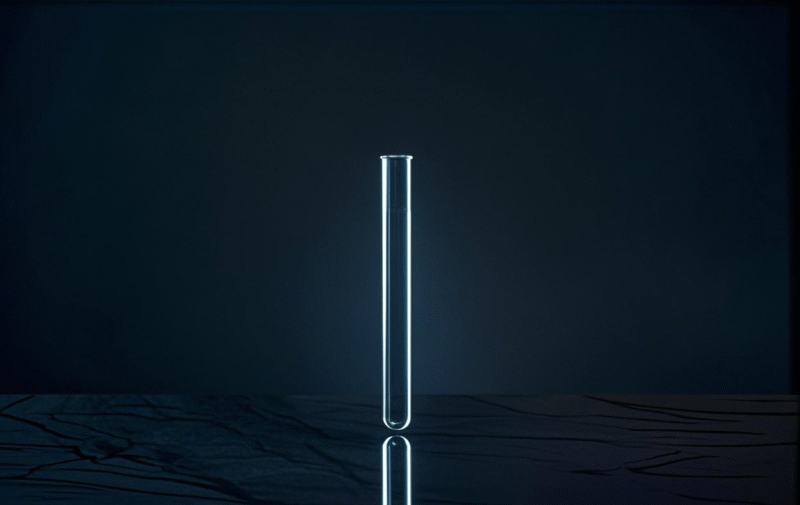Among the precision instruments and bottles and jars in the laboratory, there is a type of experimental equipment such as beakers and test tubes made of quartz. They look ordinary, but they have become a powerful assistant to scientific researchers with their unique properties. From the high-temperature furnace to the precision analytical instrument, quartz experimental equipment plays a key role in the stage of scientific research with its irreplaceable advantages.
The main component of quartz is silicon dioxide (SiO₂), which gives quartz experimental equipment a series of excellent physical and chemical properties. First of all, high heat resistance is one of the significant advantages of quartz equipment. The melting point of quartz is as high as 1713℃, which means that beakers and test tubes made of it can withstand extremely high temperatures. In chemical experiments, when high-temperature burning, melting and other operations are required, ordinary glass equipment may soften, deform or even break due to inability to withstand high temperatures, but quartz equipment can handle it calmly. For example, in metallurgical experiments, researchers need to heat samples to more than 1000℃ for component analysis. Quartz crucibles can stably carry samples to ensure that the experiment proceeds smoothly, and the accuracy of the experimental results will not be affected by the heat resistance of the equipment.

In addition to excellent heat resistance, quartz experimental equipment also has excellent chemical stability. It hardly reacts with chemical reagents such as acids (except hydrofluoric acid) and alkalis. When conducting complex chemical synthesis experiments, various strong acid and strong alkali solutions are frequently used. Ordinary glass equipment may react weakly with certain chemicals, causing the solution to be contaminated and affecting the experimental results. Quartz equipment is like a “chemical hermit” that can resist the erosion of most chemical reagents. For example, in environmental monitoring experiments, strong acids are needed to digest soil samples to determine the heavy metal content. Using quartz beakers can avoid the introduction of impurities due to the reaction between equipment and acid, ensuring the reliability of test data.
Light transmittance is also a highlight of quartz experimental equipment. Quartz has good transmittance to ultraviolet rays, visible light and infrared rays, which makes it play an important role in optical experiments and analytical instruments. In spectral analysis experiments, the use of quartz cuvettes can ensure that light passes through the sample solution accurately and ensure the accuracy of spectral data. At the same time, this good light transmittance also makes it easier for researchers to clearly observe the internal reaction during the experiment and keep track of the experimental progress.
In addition, quartz experimental equipment also has the characteristics of low expansion coefficient. This means that when the temperature changes sharply, it will not produce large stress due to thermal expansion and contraction like ordinary glass, thus effectively avoiding cracking. In some experiments that require rapid heating and cooling, this characteristic of quartz test tubes is particularly important. For example, in polymerization experiments, in order to control the reaction rate, it is often necessary to quickly change the temperature of the reaction system. Quartz test tubes can adapt to such drastic changes in temperature, providing guarantees for the safety and stability of the experiment.
Of course, quartz experimental equipment is not perfect. It is relatively expensive and brittle, and needs to be used with more caution. But the flaws do not outweigh the merits, and its excellent performance advantages make it still indispensable in many scientific research fields. From materials science to life science, from chemical analysis to physical research, beakers, test tubes and other experimental equipment made of quartz are silently helping scientific researchers explore the unknown and promoting the continuous development of science and technology.
